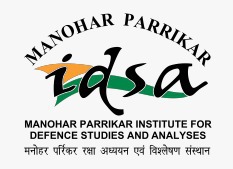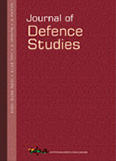Australia’s 2016 Defence White Paper: An Indian Perspective
Australia’s comprehensive strategic approach towards the Indo-Pacific region and a renewed interest in the Indian Ocean has served to rekindle its relationship with India. Australia’s recently released 2016 Defence White Paper (DWP 2016) demonstrates that a growing convergence in strategic approaches can be discerned as Australia looks West and India begins to ‘Act East’.
- Udai Bhanu Singh |
- April 2016 |
- Journal of Defence Studies




